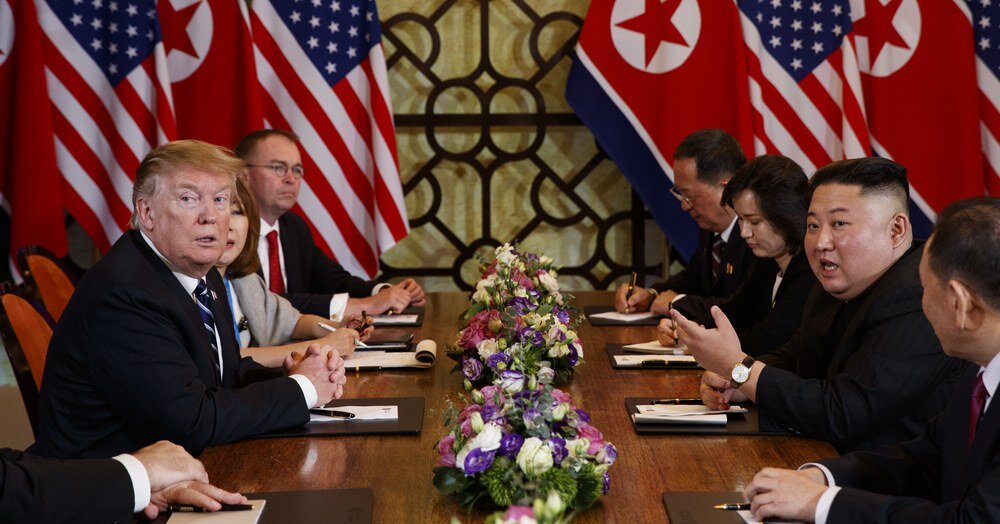Strategic Annual Report 2019 : What is the "Axis" for a New Order on the Korean Peninsula?

In November 2017, North Korea declared the completion of its nuclear force and took a substantial step toward "dialogue mode." In April of the following year, it announced a voluntary moratorium of nuclear and intercontinental ballistic missile (ICBM) tests and the abandonment of its nuclear test site. With this as a turning point, the situation on the Korean Peninsula began to transform rapidly as other countries with various motives became involved. The South Korean government under President Moon Jaein, which was inaugurated in 2017 under a banner of peaceful coexistence and co-prosperity with North Korea, broke the ice. North-South contact resumed in the wake of North Korea's participation in the Pyeongchang Winter Olympics in February 2018 and resulted in the first North-South summit in 11 years at Panmunjom in April of the same year. In addition, seeking to simultaneously advance denuclearization and establish a peace regime, the South Korean government focused on mediation between the United States and North Korea and, in March, it obtained a promise from both the United States and North Korea via a special envoy to attend the first-ever summit between the two countries.